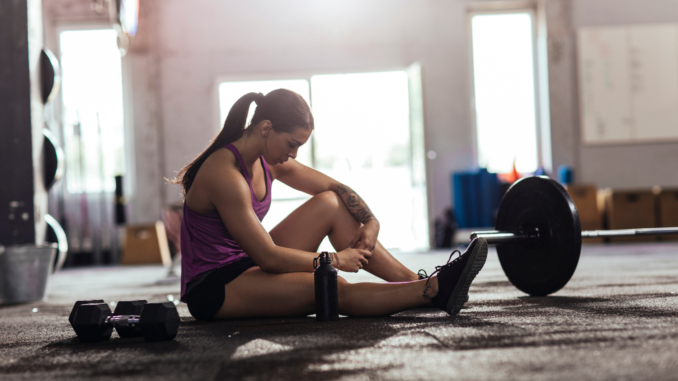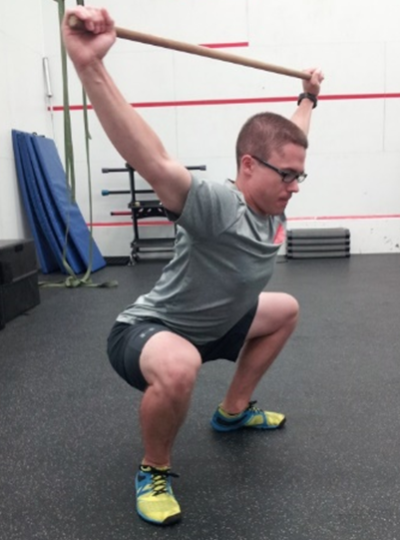
Mobility is a term that most individuals who have chosen to follow some form of fitness protocols or physical activity programming would have familiarity. When expressed in relation to the realm of health and fitness, mobility is defined as the ability of the body’s joint structures to move through a complete range of motion. Another common term within the same frame is flexibility, however flexibility is different as its definition is focused on the muscular tissues rather than joint structures. As such, flexibility can have a profound overall effect on mobility but the inverse relationship of the effect of mobility on flexibility is not as significant.
An important component of a mobility practice is to have some form of measurement for the quality of the movement at the joint structures. Though there a great deal of intuitive and operative means of measuring mobility, a very effective and simple means of measurement with a single movement is the overhead dowel squat. The ability to squat to a full depth with a dowel overhead, while keeping the dowel positioned over the middle of the foot while in the bottom of the squat, is a fantastic quantification of full body mobility at almost all of the body’s important joint structures.
Through the use of some form of mobility assessment, an individual may find that they are lacking or need to improve on one or more areas of the body. In regards to working on and developing better mobility, it is vital to note the high importance of frequency on this process. Even though mobility is an integral part of any fitness regimen, it differs from most other components as it does not require a significant level of recovery between sessions. Consequently, a high frequency application of mobility sessions, even to the extent of daily practice, can provide the furthermost benefit. These shorter and more frequent mobility sessions can have a far greater benefit than longer sessions performed on a less frequent basis as the higher frequency allows the joint structures to have a more consistent adaptation to the progressions. In a practical sense, this would entail choosing 3-5 individual mobility protocols that would focus on key areas for improvement with these sessions requiring a time commitment of roughly 15-30 minutes.
Once an individual has made significant improvements to their mobility measures through frequent practices, this increased range of motion at the joint structures can be maintained with a lesser degree of mobility practice by applying these acquired ranges with exercises. Performing exercises that focus on fundamental movement patterns, such as squat, hinge, push, and pull, with complete range of motion on all the movements can help to maintain, ingrain and further the mobility improvements with less direct application of specific mobility exercises.
To see long-term improvements in full body mobility, a focus on high frequency application combined with key measures of joint structure movements will provide the most substantial advancement until such time that the individual can better integrate full range of motion fundamental movement pattern exercises.

James Orsatti, Fitness and Sports Instructor
